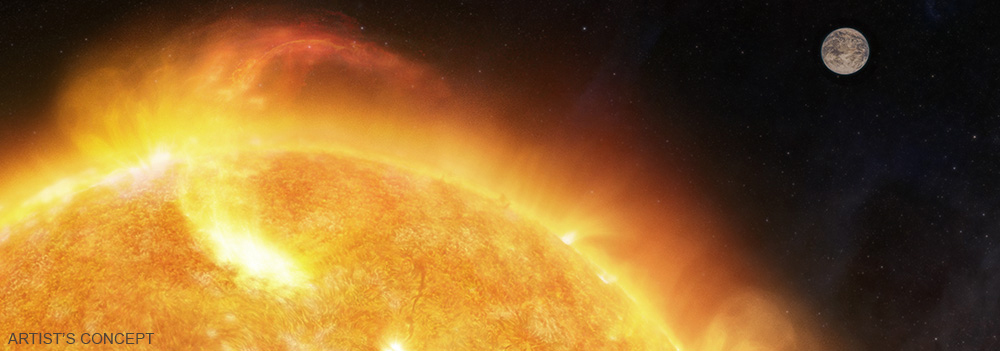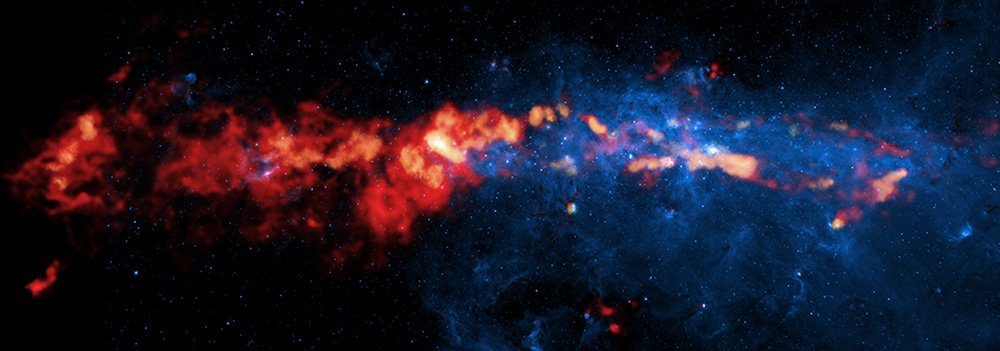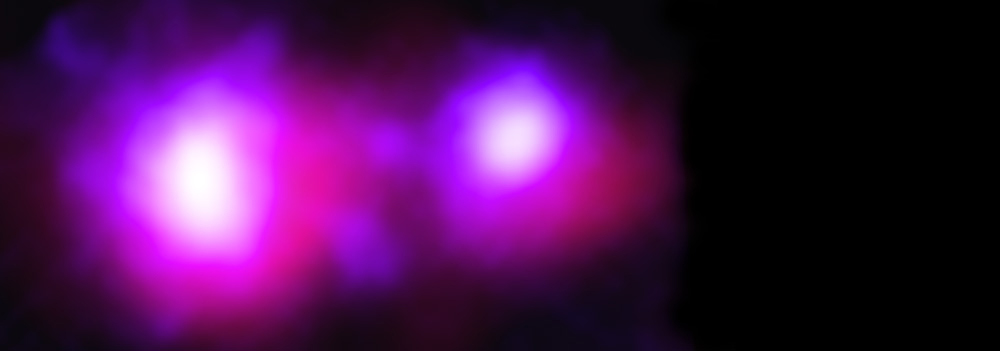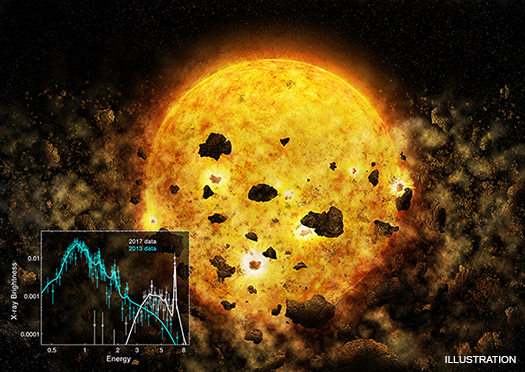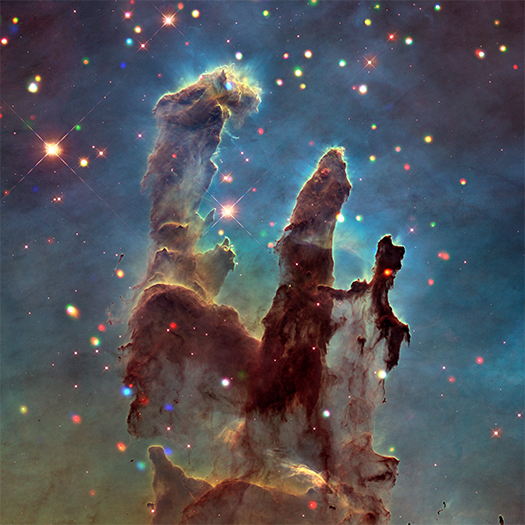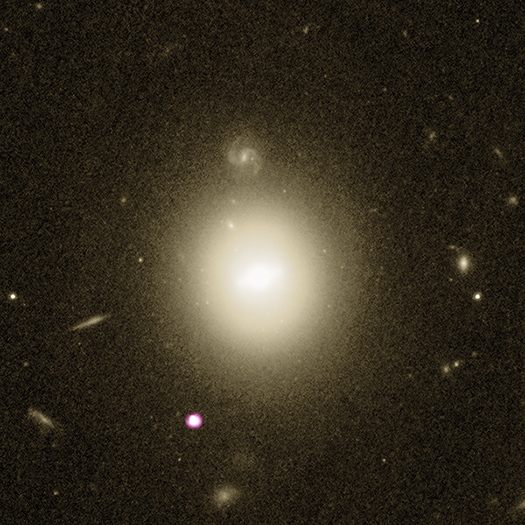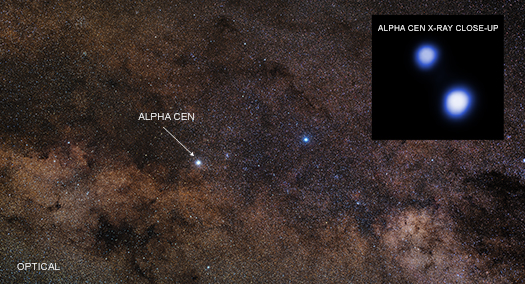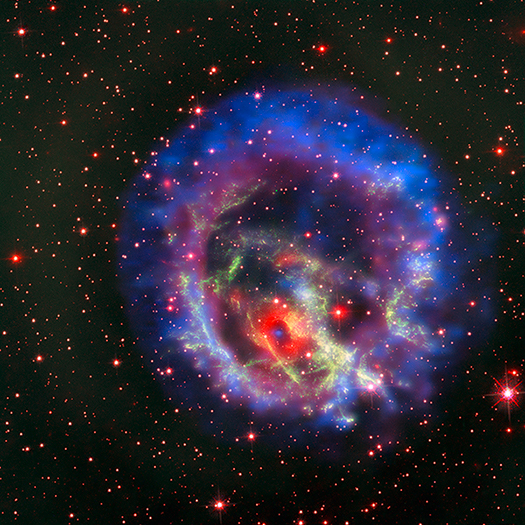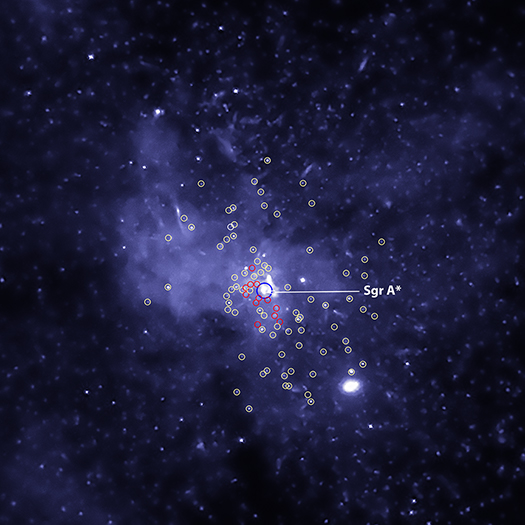Finding the Happy Medium of Black Holes
Submitted by chandra on Wed, 2018-08-08 16:43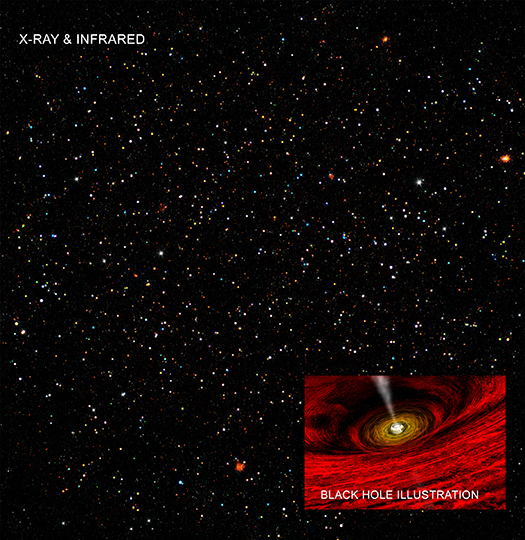
Credit: X-ray: NASA/CXC/ICE/M.Mezcua et al.;
Infrared: NASA/JPL-Caltech; Illustration: NASA/CXC/A.Hobart
This image shows data from a massive observing campaign that includes NASA's Chandra X-ray Observatory. These Chandra data have provided strong evidence for the existence of so-called intermediate-mass black holes (IMBHs). Combined with a separate study also using Chandra data, these results may allow astronomers to better understand how the very largest black holes in the early Universe formed, as described in our latest press release.
The COSMOS ("cosmic evolution survey") Legacy Survey has assembled data from some of the world's most powerful telescopes spanning the electromagnetic spectrum. This image contains Chandra data from this survey, equivalent to about 4.6 million seconds of observing time. The colors in this image represent different levels of X-ray energy detected by Chandra. Here the lowest-energy X-rays are red, the medium band is green, and the highest-energy X-rays observed by Chandra are blue. Most of the colored dots in this image are black holes. Data from the Spitzer Space Telescope are shown in grey. The inset shows an artist's impression of a growing black hole in the center of a galaxy. A disk of material surrounding the black hole and a jet of outflowing material are also depicted.

